Those who cannot remember the past are condemned to repeat it.
—George Santayana
The first time I caught the biggest brook trout of my life, I was so excited I wrote a how-to essay called “How to Catch the Biggest Brook Trout of Your Life.” Although I thought I did the fishing world a much-needed service, the reactions to my accomplishment and advice were tepid:
That's the biggest brook trout you've ever caught? You have got to be kidding me.
I tried your method, I didn't catch the biggest brook trout of my life, but my friend is pissed now because I drank two of his beers. Thanks for nothing.
More Like This
I knew I shouldn't have written it in the first place, and I swore I wouldn't repeat my mistake, but then it happened. I caught the biggest brook trout of my life, again.
Dave McMillan and his sons David and Brian invited me for a weekend at their camp, which is actually a full-service cabin with electricity, running water, and a septic system, but people who live in the Upper Peninsula call places like that “camps.” I’m not sure why, but we do. The camp is somewhere between Munising and Escanaba, and thanks to the “shortest route” feature on my GPS, I drove the last twenty miles on a two-track dirt road that passed by several camps which actually deserved to be called camps. Despite lacking visible evidence that these camps housed anything someone might want to steal, they were all protected by massive chains and signs warning: “We Will Shoot Trespassers” or something like that. I drove by a van with no windows along the way—the sort of vehicle some people might call a molester van—and the two bearded men beside the van appeared to be burying a body. When I finally made it to Dave’s camp and said something about the van, he and the boys seemed to know who the guys were. When I told them about the body, they laughed and said the men were likely burying a deer carcass, but, either way, it was probably a good thing that I didn’t stop.
Like nearly every part of the Upper Peninsula, the land around Dave’s camp drains into a myriad of rivers, streams, and brooks, most of which hold trout. We fished one of them with poor results the first night I arrived, so we decided to explore some other water the following evening. Brian worked during the day, and Dave needed to meet with a logger he’d hired to cut down several beech trees on his property that either had or would soon have beech-bark disease. That left David and me to scout for new water, and that’s when I caught the biggest brook trout of my life, again. And although it didn’t work out so well last time, I once again believe I know something so important I have to share it.
Just as with my first instructions, you’ll need a fishing partner. You can’t do this alone. I used to believe it should be someone you hadn’t fished with before, but now I think it is essential they be someone you have fished with before. For me, someone like my friend David McMillan, Jr.
Next, pick a place that is unfamiliar to both of you. When you get to the river, play rock-paper-scissors, odds-and-evens, red hands, thumb war, or any other seemingly random way to decide which one of you will explore upstream and which will explore downstream. You can’t make this decision in some nonrandom way. Think about it. If you could make nonrandom decisions that lead you to catch the biggest brook trout of your life, you’d probably already have done it. Right?
Once you’ve decided which way each of you will go, offer to swap directions. Your friend will decline, but it mustn’t look like you rigged the game in your favor, especially when you later reveal that you caught the biggest brook trout of your life. You’re scouting a river you’ve never fished before, and you’d like to catch the biggest brook of your life (again), so you should tie on a large, meaty streamer. Not too large for smaller fish to chase, but large enough to move some of the big ones. Many different streamers will work, but I’d recommend a yellow Madonna, maybe in size 4 or 6.
You’ll want to cast your fly up tight against all the downed trees and other tangles, so it will help to have several streamers in your box. If you are doing this right, you’ll lose a few, but be sure to have at least one streamer left when you come to a lovely pool in a bend below a long, fast riffle. Cast to the front first, right where the riffle dumps its water. A nice fish will dart from the darkness and take a slash at your fly, but it’s okay if you miss that one. That won’t be the biggest brook trout of your life. But that fish will cause you to pay better attention, and when you cast a little deeper into the pool, tight against a large underwater log, you’ll know what happened as soon as the fish takes your fly.
The following steps are optional, and, though catching the biggest brook trout of your life should be enough, they really do add to the fun. Be sure to take photos of any smaller trout you catch before catching the big one. Then, of course, take several pictures of the big trout. When you meet up with your friend, tell him you landed a few fish, but nothing spectacular. Once you’re in the truck and driving back to camp, hand him your camera and tell him he can check out the fish on the display. Try not to smile when he gets to the pictures of your big fish and screams, “What the hell is that? That’s the biggest brook trout I’ve ever seen.”

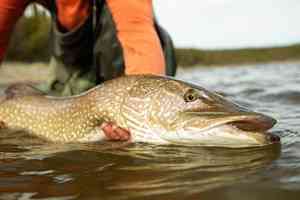
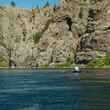
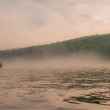
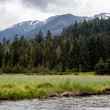
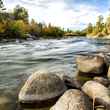
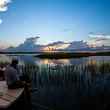
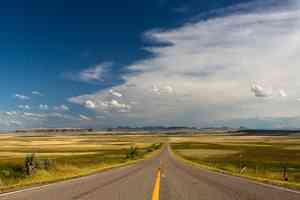


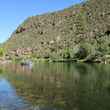
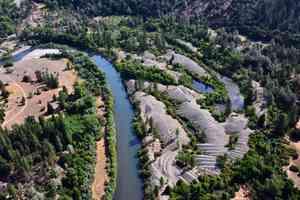
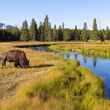
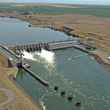

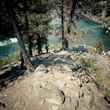

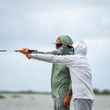
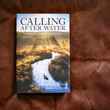
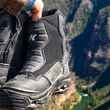

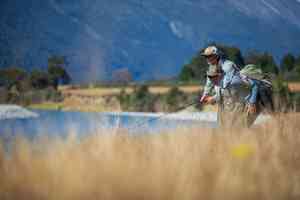
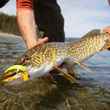

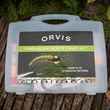

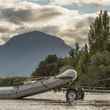
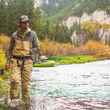
Comments